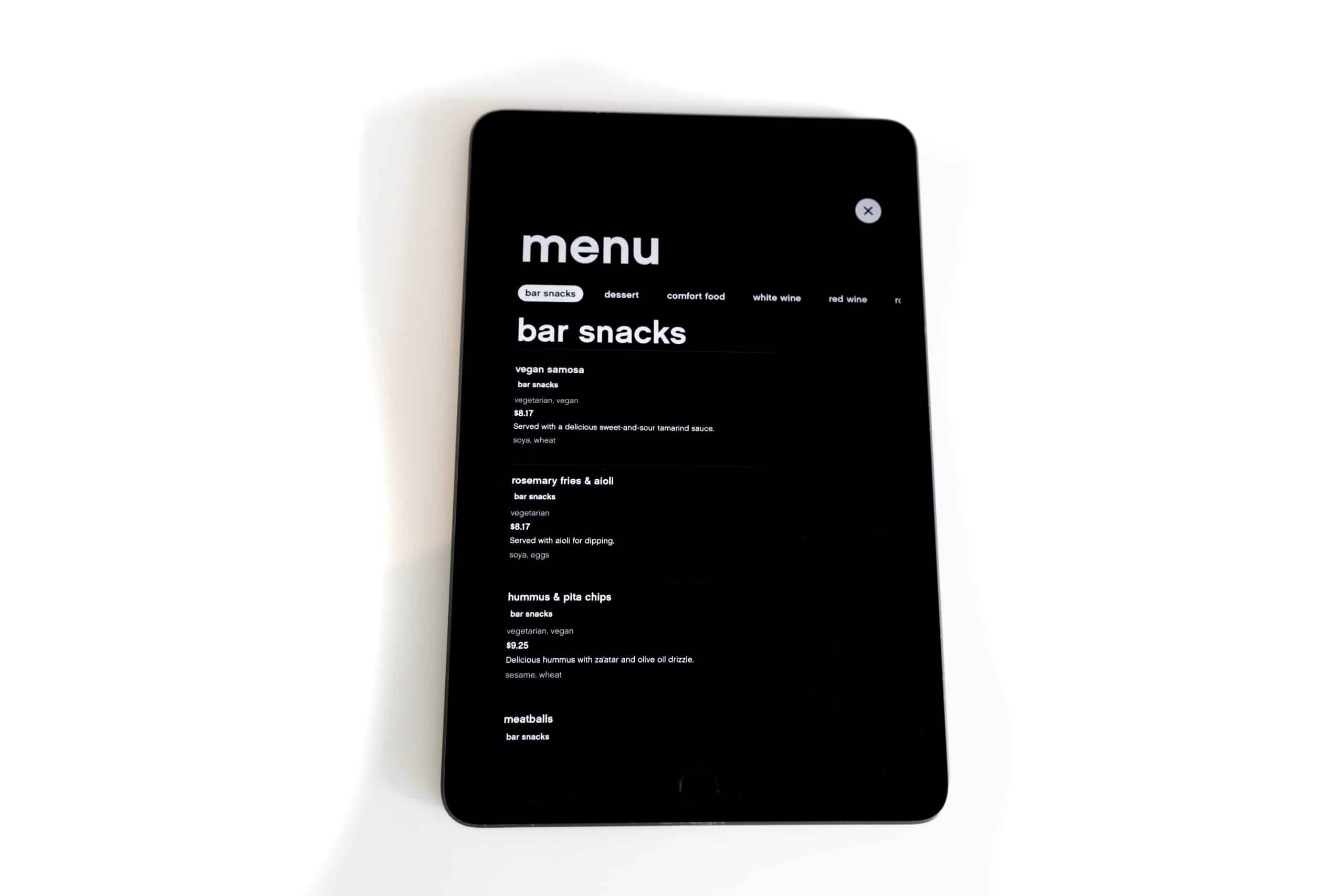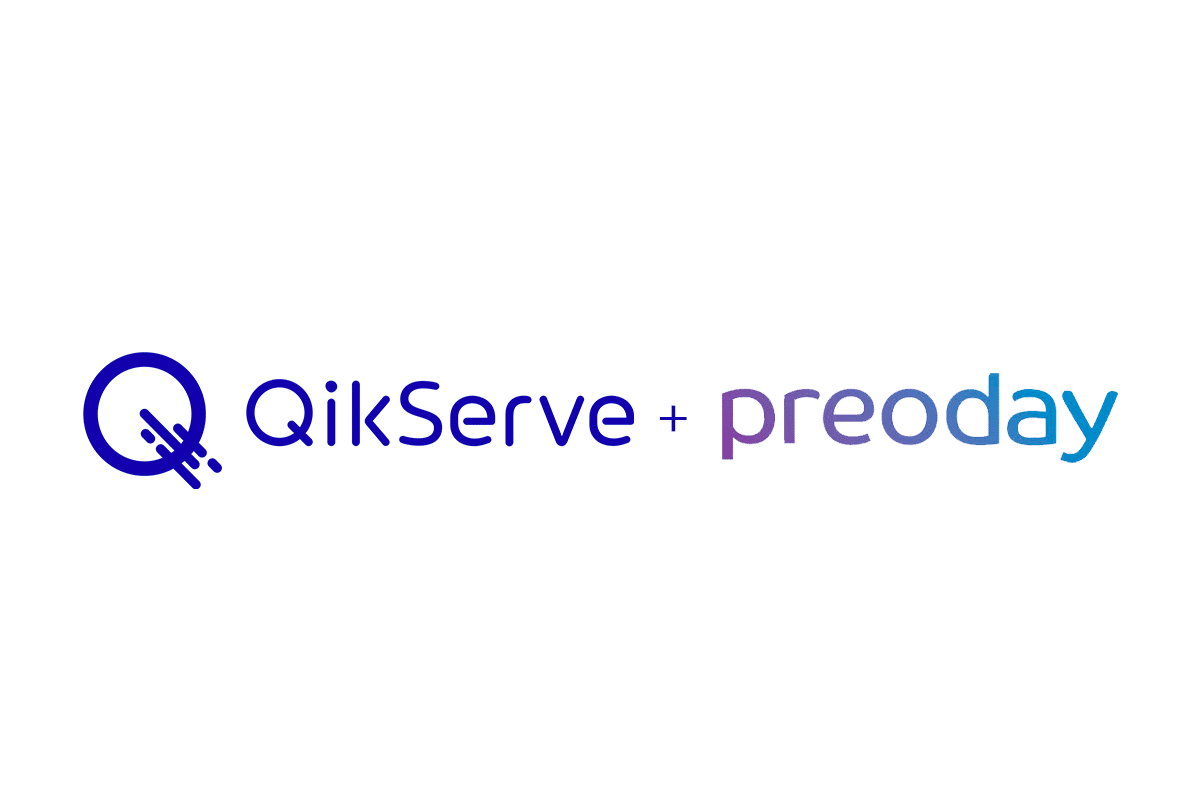Kiosk Integration Success
In the ever-evolving landscape of the hospitality industry, technological innovations have played a pivotal role in enhancing customer experiences and optimizing operational efficiency. One such innovation that has transformed the way guests interact with businesses is the kiosk. From its humble beginnings to its present-day role in multi-site, multi-brand hospitality establishments, kiosks have paved the way for a new era of convenience and engagement.
The Evolution of Kiosks
Kiosks have come a long way since their inception. The concept of electronic self-service kiosks dates back to 1967 when the first automated teller machine (ATM) was introduced at a Barclays Bank branch in London. These early kiosks demonstrated the potential of self-service technology to improve customer service and offer alternative ways to access services, laying the groundwork for their expansion into other industries, including hospitality.
Today’s Kiosks: A Fusion of Technology and Hospitality
A kiosk system is an advanced, interactive, self-service platform that allows customers to place orders, customize meals, and make payments without staff assistance.
Modern kiosks in the hospitality sector have evolved into dynamic, versatile tools that cater to the diverse needs of a wide range of hospitality environments. The interactive kiosk market is forecasted to reach a size of $45 billion by 2028 with a recent study revealing that 65% of customers visit a fast-food restaurant more often if self-service kiosks are offered.
QikServe’s integrated ecommerce platform for hospitality powers over 110,000 customer ordering transactions per day. The firm reports an average increase of 31% in revenue following the installation of self-ordering kiosks in its customer’s sites, which include Wynn Resorts, Center Parcs and the Science Museum London.
From quick-service restaurants to hotels and entertainment venues, kiosks have established an important role in the customer ordering journey by offering a range of benefits that redefine customer engagement and operational efficiency.
Benefits of Kiosks in Ambitious Hospitality Businesses
- Enhanced Guest Experience: Kiosks empower customers to take control of their experience by placing orders, customizing meals, and making payments seamlessly. This not only reduces waiting times but also gives guests the freedom to personalize their choices, leading to higher satisfaction rates.
- Optimized Efficiency: For hospitality groups with numerous sites or multiple brands, or for future facing mid-sized businesses with ambitions to grow, maintaining consistency and efficiency is paramount. Kiosks enable standardized ordering processes across all locations, ensuring uniformity in customer service and reducing the potential for errors.
- Refocusing Employees on Personalized Service: Deploying kiosks allows businesses to refocus employees on providing excellent customer service, elevating the guest experience, while the kiosks provide customers with an alternative ordering channel with seamless payment transactions. This proves especially beneficial during peak hours, minimizing strain on employees without compromising service quality.
- Upselling Opportunities: Kiosks are able to suggest add-ons and upgrades, increasing the average transaction value. Their ability to intelligently recommend complementary items enhances revenue generation for enterprise-sized establishments.
- Data-Driven Insights: Kiosks gather valuable data on customer preferences, ordering patterns, and peak hours. This data fuels data-driven decision-making, enabling businesses to fine-tune menus, promotions, and operations across their various locations.
- Branding and Customization: Kiosks can be customized to reflect each brand’s identity and aesthetic. This ensures a consistent brand experience across multiple locations while fostering a sense of familiarity among customers.
- Accessibility and Convenience: For businesses spanning multiple sites, kiosks provide an accessible and uniform ordering experience across diverse locations, regardless of regional differences.
The journey of kiosks from basic automated machines to sophisticated, adaptable tools has significantly impacted the hospitality industry, particularly future facing businesses and enterprises with ambitions to extend their footprints. By embracing kiosk technology, these businesses have harnessed the power of self-service to create enhanced, personalized experiences for their customers, optimized operations, and ultimately driven revenue growth.
Seamless Technology Integration: Powering Kiosk Efficiency in Hospitality Operations
Implementing kiosks in a large hospitality group involves careful consideration of various technology integrations to ensure a seamless and efficient operation.
QikServe’s COO Sif Rai has compiled a comprehensive list of technology integrations that a large hospitality group might need to think about when installing kiosks:
- Point-of-Sale (POS) System: Integration with the existing POS system is crucial to ensure that orders placed through kiosks seamlessly flow into the kitchen for preparation and are accurately recorded for billing. QikServe has a long history of POS integrations, which means its customers can retain existing systems and product identifiers without disruption.
- Payment Gateway: Kiosks need to integrate with secure and reliable payment gateways to facilitate various payment methods, such as credit/debit cards, mobile wallets, and digital payment platforms. QikServe Payments accepts Apple Pay, Google Pay and international card payments, bringing uniformity to the customer ordering experience.
- Middleware: Due to the complexity of integrations in enterprise level hospitality companies, middleware can be used to facilitate smooth communication between different systems and existing apps. QikServe’s platform handles.
- Menu Management System: Integration with the menu management system ensures that the kiosk displays accurate and up-to-date menu items, pricing, and availability. QikServe’s menu management is intuitive and can be customized to suit the complex needs of multi-site, multi-brand enterprises.
- Inventory Management: Connecting the kiosk with the inventory management system helps in real-time tracking of ingredient availability, preventing instances of overordering or running out of specific items.
- Customer Relationship Management (CRM): Integrating with CRM systems allows the kiosk to access customer profiles, preferences, and loyalty program data for personalized experiences.
- Analytics & Reporting Tools: Integrating with analytics tools helps gather data on ordering patterns, peak hours, and customer preferences, aiding data-driven decisions.
- Kitchen Display System (KDS): Integration with the KDS ensures that orders from kiosks are routed accurately to the kitchen, promoting efficient preparation and minimizing errors.
- Digital Signage: For promotional purposes, integration with digital signage systems can display dynamic offers, specials, and promotions on the kiosk interface.
- Mobile Apps & Online Ordering: Linking kiosk orders to the existing mobile app or online ordering platform provides customers with a consistent experience across different channels.
- Waitlist & Reservation Systems: Integration with reservation systems enables customers to seamlessly transition from using kiosks to making reservations if desired.
- Loyalty Program: Integrating with loyalty program systems enables customers to earn rewards and redeem points through kiosk orders.
- Customer Feedback & Survey Tools: Integrating feedback tools allows customers to provide input on their experience, helping the hospitality group understand customer preferences and areas for improvement.
- Accessibility Tools: For inclusivity, kiosks might need integration with accessibility tools like screen readers or alternative input methods.
- Security Systems: Integration with security systems ensures that kiosks are monitored and protected against potential tampering or misuse.
- Enterprise Resource Planning (ERP) System: For larger hospitality groups, integration with the ERP system streamlines inventory, financials, and other back-office functions.
- Supply Chain Management: Linking with supply chain management systems aids in managing orders and deliveries for ingredients and supplies.
- Mobile Device Management (MDM): For remote management and security, integrating with MDM systems allows the hospitality group to control and monitor kiosk devices.
- Data Backup & Recovery: Integrating with backup and recovery systems ensures that kiosk data is protected and can be restored in case of any technical issues.
- Customer Communication Tools: Integrating with communication tools like native apps, SMS or email allows the kiosk system to send order confirmations, updates, or promotions to customers.
- Internet of Things (IoT) Devices: If using IoT devices, like temperature sensors for food safety, integrating them with the kiosk system might be necessary, if the kiosk has automated vending capacity.
- Operational Dashboards: Integration with operational dashboards provides managers with real-time insights into kiosk performance, order volume, and more.
QikServe works closely with its customers to ensure these integrations are properly implemented and tested before launching kiosk systems. This comprehensive approach to integration is essential for delivering a consistent and efficient experience to both customers and staff.
Through carefully engineered technology, QikServe gives businesses the power to provide simple, reliable customer ordering experiences that maximize revenue and operational efficiencies with future-facing, integrated solutions.
To experience the power of the Kiosk in your operations, contact QikServe today.



